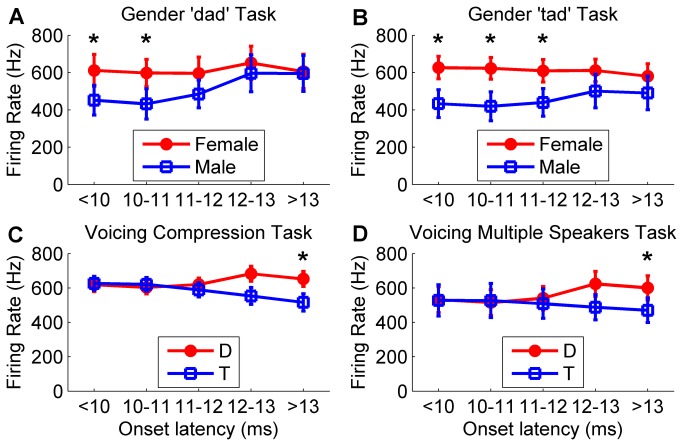Figure 7. Peak firing rate differences in fast and slow latency neurons for gender and voicing distinctions.
Peak firing rate for target and non-target sounds differs in fast neurons for gender distinctions, and differs in slow neurons for voicing distinctions. (a) For the gender task using ‘dad’ stimuli, target female ‘dad’ sounds evoke a larger response in fast neurons that respond to tones in less than 10 ms compared to non-target male ‘dad’ sounds. Each of the 441 A1 recording sites from experimentally naïve rats were binned by onset latency into one of five bins each spanning one millisecond. Error bars indicate s.e.m. across each of the sounds. (b) For the gender task using ‘tad’ stimuli, target female ‘tad’ sounds evoke a larger response in fast neurons compared to non-target male ‘tad’ sounds. (c) For the voicing temporal compression task, target ‘dad’ sounds evoke a larger response in slow neurons that respond to tone slower than 13 ms compared to non-target ‘tad’ sounds. (d) For the voicing multiple speaker task, target ‘dad’ sounds evoke a larger response in slow neurons compared to non-target ‘tad’ sounds.

